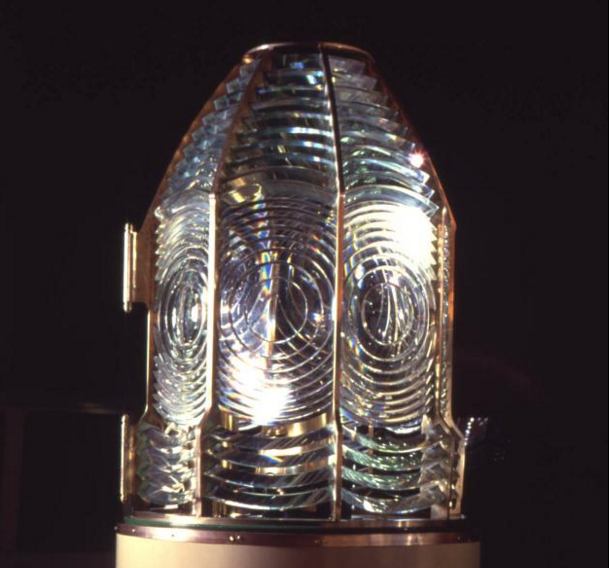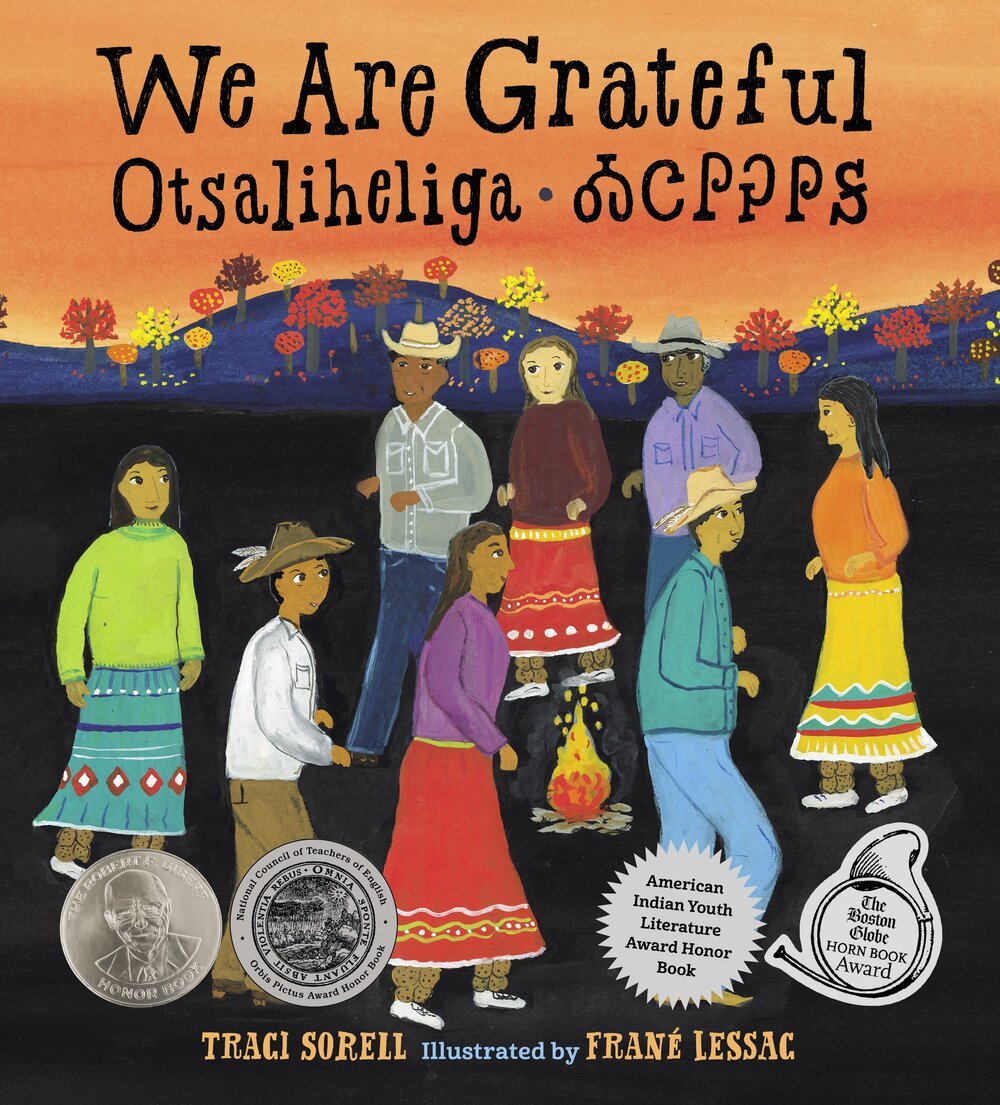As COVID-19 deaths spiked in 2020, Suzanne Firstenberg’s public art installation "In America: How could this happen…"
Museum Artifacts

Grade Range:
K-12
Resource Type(s):
Artifacts, Primary Sources
Date Posted:
3/27/2012
In the early nineteenth century, lighthouses in the United States were considered inferior to those in France and England. American mariners complained about the quality of the light emanating from local lighthouse towers, arguing that European lighthouses were more effective at shining bright be

Grade Range:
K-12
Resource Type(s):
Artifacts
Date Posted:
11/7/2012
This ambrotype portrait of Mea-to-sa-bi-tchi-a, or Smutty Bear, a Yankton Dakota, is among the first photographic images of Native Americans. Smutty Bear was part of a large Native American delegation that came to Washington, D.C., during the winter of 1857–58. Under duress, members of the dele

Grade Range:
K-12
Resource Type(s):
Artifacts, Primary Sources
Date Posted:
3/10/2009
A popular portrait method of photography from the 1839 announcement of its invention to about 1860, the Daguerreotype was a unique photograph with no negative—each photograph was exposed on a copper plate coated with silver-nitrate. This half-length Daguerreotype portrait of Louis Jacques Mand�

Grade Range:
K-12
Resource Type(s):
Artifacts, Primary Sources
Date Posted:
3/9/2009
This silver teapot was made by Samuel Casey of Little Rest (later Kingston, R.I.), about 1750, for Abigail Robinson, probably about the time of her marriage to John Wanton of Newport, R.I., in 1752. Shaped like an inverted pear, the teapot has silver feet and a wooden finial. The wooden handle is

Grade Range:
K-12
Resource Type(s):
Artifacts
Date Posted:
3/28/2016
John H. Irwin received patent number 35,158 on May 6, 1862, of this design of a coil oil lamp. Irwin’s lamp was designed for coal oils and other similar hydrocarbons (such as kerosene) which volatilized at low temperatures and required an excess of oxygen to support illumination. The excess of

Grade Range:
K-12
Resource Type(s):
Artifacts
Date Posted:
4/16/2018
This Butsudan-Buddhist altar was made from scrap lumber in Jerome Relocation Center in Arkansas. Buddhism was among the religions that was practiced in the internment camps. However, it was not formally recognized in the camp or marked with a specific house of worship within the internment camp g

Grade Range:
K-12
Resource Type(s):
Artifacts
Date Posted:
12/30/2020
Board of Health: OBSERVATION QUARANTINE: Persons other than those of the household and those legally authorized are forbidden to enter. No person other than those authorized by the Board of Health shall remove this placard. Any person or persons defacing, covering up or destroying this placard rende

Grade Range:
K-12
Resource Type(s):
Artifacts, Primary Sources
Date Posted:
12/13/2010
Physical Description
Black felt, grosgrain ribbon, ostrich feathers, and gold cockade, which is a ribbon rose or knot.
Specific History
Admiral Dewey is often pictured wearing his chapeau bras.
General History
A chapeau bras is a type of hat made

Grade Range:
K-12
Resource Type(s):
Artifacts, Primary Sources
Date Posted:
2/19/2009
This elaborate mask, made around 1980, is painted in red and black, the colors of the city of Ponce. Masks like this are typically worn by young men from the neighborhood, who don the costume of a vejigante, a character who roams the streets during Carnival, playfully scaring children an

Grade Range:
K-12
Resource Type(s):
Artifacts, Primary Sources
Date Posted:
3/12/2012
Sixteen-year-old Judy Garland wore these sequined shoes as Dorothy Gale in the 1939 film classic The Wizard of Oz. In the original book by L. Frank Baum, Dorothy's magic slippers are silver; for the Technicolor movie, they were changed to ruby red to show up more vividly against the yell



















